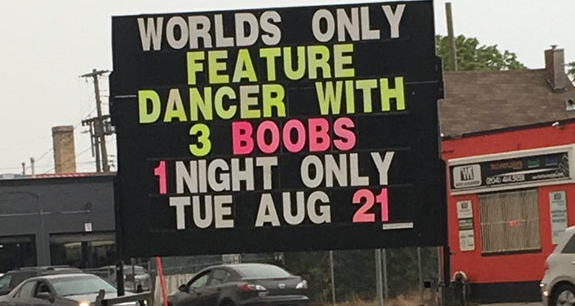“If I look at the mass, I will never act. If I look at the one, I will.”
— Mother Theresa
One of the most valuable lessons I learned in the early years of my copywriting education came from Andre Chaperon’s Autoresponder Madness.
It didn’t have to do with autoresponders. It didn’t have to do with email. In fact, it was (and is) completely applicable to any kind of sales copywriting, and more broadly, to any kind of mass persuasion.
So what was the lesson?
It was how to understand your prospects on a deep level, and how develop empathy for the people you’re writing to.
I won’t give away Andre’s exact tactics for doing this, but his general approach is simply a ton of research. All of which culminates in a customer avatar.
This is not a demographic description. Instead, it’s a detailed story about a specific person who is facing the problems that you’re looking to solve.
I’ve found that creating such an avatar isn’t just a matter of getting better insight into the audience. There seems to be some kind of chemical switch in the brain that gets flipped when I’m writing to a specific person with a name and a face — versus to a vague, shapeless, and nameless mass.
It’s something I’ve also heard A-list copywriter David Deutsch describe as the “Hey Mitch” method. In other words, when David is writing copy, he (either literally or in his mind) says “Hey Mitch, here’s how to…” and then he goes into his sales pitch.
This process of calling out a specific name has the effect of exposing fine sounding but unconvincing phrases, which seemed fine just a minute ago. And it replaces them with natural words and ideas which are relevant to your audience.
Anyways, this name/face/avatar concreteness isn’t just for hypnotizing yourself into writing better copy.
In Made to Stick, Chip and Dan Heath tell a story of hospital staff who were subtly manipulated into caring about improving workflow. This is normally not a topic that staff would be enthusiastic about, but in this case they were shown a video from the perspective of a patient — coming into the hospital, being laid down on a gurney, waiting around, etc.
This concrete illustration got the hospital staff much more responsive and committed to helping improve the situation than if they had been barraged by statistics or facts about nameless patients.
This idea is summed up nicely in the quote by Mother Theresa up top (which I also first read in Made to Stick).
To wrap up: Concreteness, and looking at the individual, is powerful persuasion stuff on multiple levels. It helps you empathize with your audience, and therefore makes you more persuasive. At the same time, the same principle of being specific and concrete makes your audience more receptive to your ideas — again making you more persuasive.


